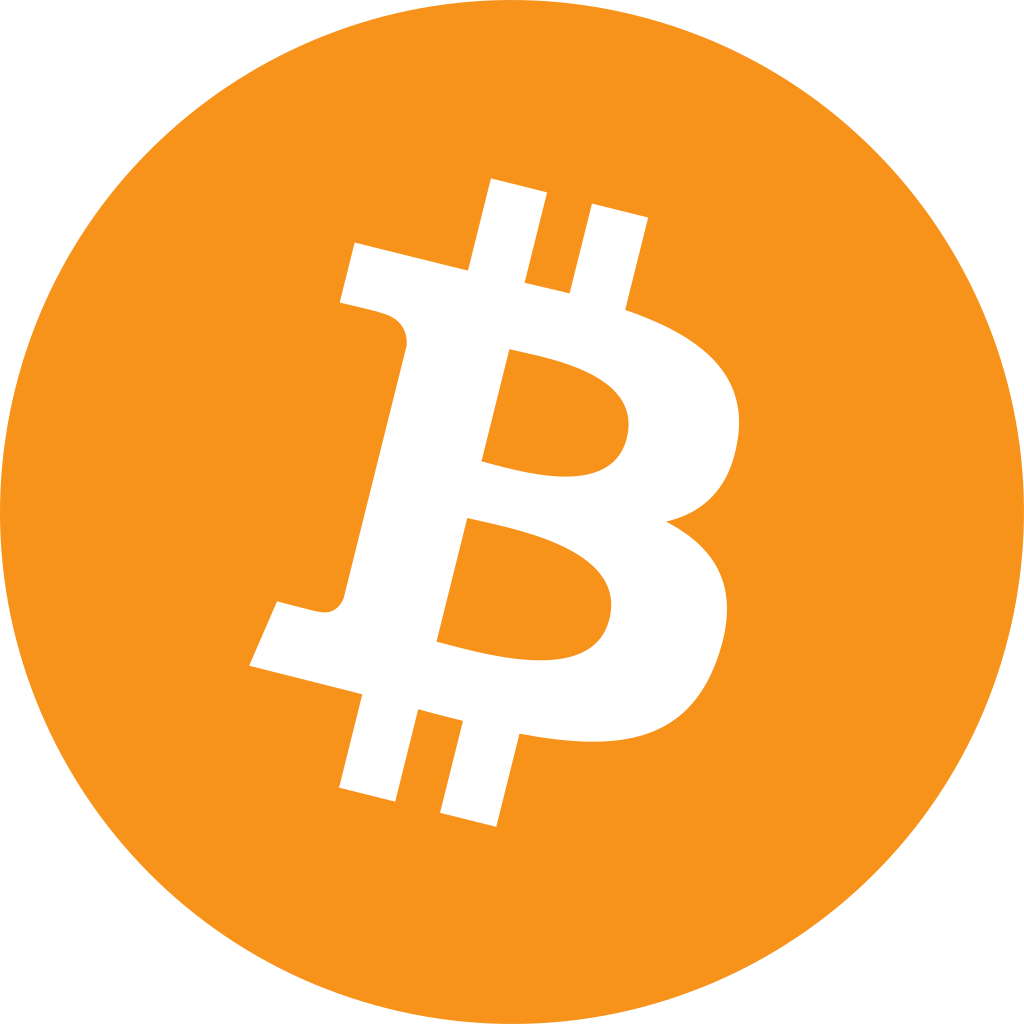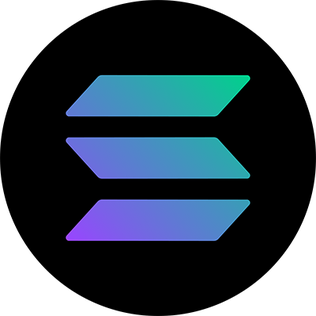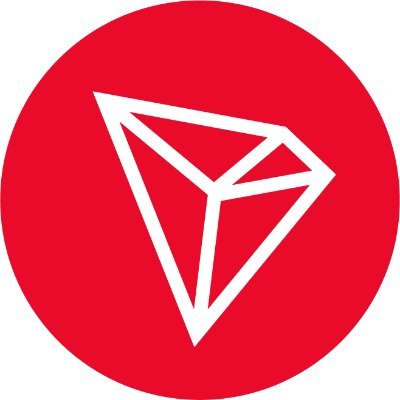Key Takeaways:
- In the highly volatile crypto market, diversifying your investments can help reduce the risk of loss while maximizing growth opportunities.
- A balanced approach focuses on hedging your bets on dominant networks like bitcoin and Ethereum, along with minor exposure to altcoins and smaller projects.
- Daily active users, project revenues, network fees, and market capitalization are excellent metrics to base your token selection for a balanced portfolio.
The Importance of Diversification in Crypto Investing
“If you can identify six wonderful businesses, that is all the diversification you need. And you will make a lot of money.”
– Warren Buffett
In 2008, investors who blindly concentrated on financial stocks paid a heavy price when the US housing market caved in due to risky lending practices. Diversifying their holdings across a few well-known stocks across multiple sectors would have helped investors avoid this predicament.
Warren Buffett also described diversification as “a protection against ignorance.” Ignorance can be a major factor when you are dealing with relatively new and rapidly evolving sectors like crypto.
With its high volatility, the crypto markets often defy conventional attempts at forecasting and predictions. Diversifying with a focus on a few well-known projects is indeed the smart play when investing in crypto.
Spreading your investments allows you to mitigate the impact of volatility, hedge risks, and capture potential growth opportunities early. The legendary investor Ray Dalio summarizes this best:
“Diversifying well is the most important thing you need to do in order to invest well.”
– Ray Dalio

Criteria for Selecting Cryptocurrencies
Successful diversification hinges on your ability to pick as many strong, reliable stocks as possible across different sectors. Picking the best cryptos requires well-planned selection criteria. While ranking cryptocurrencies for our diversified portfolio, we focus on the following aspects:
Daily Active Users (DAUs)
This is an important metric that measures the average number of daily users for a particular token or blockchain project. High DAU is usually seen as an indicator of a strong user adoption network effect.
When a platform or token displays a high DAU, it suggests that the platform is considered useful and has value within the crypto ecosystem. Examples of high DAU projects include Tron (1.86 million) and Polygon (1.39 million).
Fees and Revenues
Users often have to pay transaction fees for trading or sending crypto across a blockchain network. The quantum of fees can fluctuate depending on factors like network congestion and transaction size. Projects earning the highest fees usually experience a greater demand for their network services.
Meanwhile, the revenues of a blockchain project include all the sources of income generated by the network. This can include any transaction fees levied on users, and fees charged on activities like staking, governance token sales, and other services.
Blockchain projects earning high revenues can contribute towards the long-term economic sustainability and resilience of a project. However, this is not universal as certain highly decentralized blockchains like Bitcoin do not have any revenues and remain highly successful.
Market Capitalization
The market cap represents the total value of a cryptocurrency in circulation. Multiplying the total available supply of tokens by the current price will give you the current market cap of a blockchain project.
A higher market can indicate several things – greater trading activity, higher liquidity, potentially lower price volatility, a bigger community of users and developers, a perception of greater stability, and overall higher investor confidence.
Within the broader crypto ecosystem, projects like Bitcoin and Ethereum with the highest market caps are seen as the dominant players and relatively safer havens for long-term holding.
Core Components of a Balanced Crypto Portfolio
After extensive research and careful consideration based on our selection criteria, we zeroed in on the following tokens for a balanced crypto portfolio. The tokens are arranged in a descending order of magnitude, based on our recommended percentage share:
 Bitcoin (BTC) – The Foundation of Crypto Portfolios (40%)
Bitcoin (BTC) – The Foundation of Crypto Portfolios (40%)
Core Fundamentals
- Market Cap: $1.35t
- DAU: 294.89k
- Fees: $1.33b
- Revenues: NA
Bitcoin is the pioneer token that set off the cryptocurrency revolution. As the original blockchain, it enjoys unparalleled popularity and investor confidence. Thanks to excellent network security and decentralization, bitcoin is often seen as the gold standard of digital assets.
Unlike most other tokens on our portfolio, bitcoin supply is limited to 21 million coins. This makes it a highly deflationary asset whose value has the potential to go up as demand grows. The ability to act as a hedge against inflation has made bitcoin a popular asset among institutional investors in particular.
Despite wider market volatility, bitcoin has consistently demonstrated its resilience over a decade. The widespread institutional adoption, combined with its large and active user base and excellent liquidity, make bitcoin an ideal foundation for any diversified cryptocurrency portfolio.
To learn more about bitcoin, check out our other resources:
- BMJ Bitcoin Investor Scorecard
- BMJ Bitcoin Risk Scorecard
 Ethereum (ETH) – The Hub of Decentralization (30%)
Ethereum (ETH) – The Hub of Decentralization (30%)
Core Fundamentals
- Market Cap: $410.95b
- DAU: 394.60k
- Fees: $2.02b
- Revenues: $115.91m
If bitcoin is the crypto equivalent of gold, Ethereum is more like aluminum – a plentiful metal that gains value from its versatility and diverse applications. Unlike bitcoin, which was designed primarily to act as a store of value, Ethereum was created to expand the adoption of blockchain technology.
Ethereum is designed to be a flexible platform where developers can build and deploy decentralized applications (dApps) and smart contracts for real-world use cases. Entrepreneurs can even create their own ERC-20 tokens on the Ethereum blockchain.
The blockchain is also the central hub for developer activity in crypto, spread across diverse sectors like finance, gaming, and logistics. The ability to provide a broader exposure to the blockchain economy, combined with a potential for wider long-term expansion, makes Ethereum a strategic addition to any crypto portfolio.
To learn more about Ethereum, here are links to additional resources:
- BMJ Ethereum Investor Scorecard
- BMJ Ethereum Risk Scorecard
 Solana (SOL) – The Fast and Scalable Blockchain (10%)
Solana (SOL) – The Fast and Scalable Blockchain (10%)
Core Fundamentals
- Market Cap: $77.26b
- DAU: 864.58k
- Fees: $662.16m
- Revenues: $331.08m
Solana was envisioned at a time when Ethereum was plagued by severe scalability issues that resulted in exorbitant transaction fees and severe network congestion. Scalability and speed are baked into the blockchain’s DNA.
With its ability to process over 65,000 transactions per second, Solana has cemented its position as a leading Layer-1 blockchain. This is also reflected in its daily active user numbers, which are more than double that of Ethereum.
While Ethereum continues to evolve and address its scalability issues, Solana has managed to carve its own space in the ecosystem. The healthy market cap of $77 billion places Solana comfortably within the top 5 blockchains and also makes it a logical choice for our portfolio.
Here are some additional resources to help you learn more about Solana:
- BMJ Solana Investor Scorecard
- BMJ Solana Risk Scorecard
 Tron (TRX) – The Leader in Stablecoin Supply (10%)
Tron (TRX) – The Leader in Stablecoin Supply (10%)
Core Fundamentals
- Market Cap: $10.40b
- DAU: 1.86m
- Fees: $1.64b
- Revenues: $134.58m
Tron is a Singapore-based blockchain established in 2014 by Justin Sun, a controversial figure in the blockchain industry. Despite its relatively low market cap of $10 billion, Tron has emerged as an important player in the cryptocurrency markets.
Holders of the TRX token can stake their assets and get free transactions on the blockchain. As other blockchains charge up to a dollar or more for transactions, this system has brought millions of users to Tron, resulting in annualized fees of over $1.6 billion.
As of 2024, Tron holds the largest supply of Tether (USDT), the most popular stablecoin among crypto users. The ability to effectively address a real-world problem – high transaction fees, particularly for cross-border payments – gives it excellent growth potential, justifying its inclusion in our portfolio.
You can find additional information about Tron in the following links:
- BMJ Tron Investor Scorecard
- BMJ Tron Risk Scorecard
 Polygon (MATIC) – The Layer-2 Scaling Solution (10%)
Polygon (MATIC) – The Layer-2 Scaling Solution (10%)
Core Fundamentals
- Market Cap: $5.63b
- DAU: 1.39m
- Fees: $8.32m
- Revenues: $929.66k
Polygon is a Layer-2 scaling solution for the Ethereum blockchain, designed to address core issues like high transaction costs and slow speeds. Sidechains from the Polygon network handle the burden of processing transactions for Ethereum.
Although there are several competitors in the L2 space – Arbitrum and Optimism are notable examples – Polygon remains a key player thanks to its unique zero-knowledge roll-ups and support for staking the native MATIC token.
The blockchain is also developer-friendly, with an array of customization options and off-chain scaling solutions. Its large active user base is also indicative of strong adoption. As Ethereum continues to struggle with high costs and slow speeds, L2 solutions like Polygon will continue to remain relevant, making it a solid option for diversification.
Here are some additional resources to help you learn more about Polygon:
- BMJ Polygon Investor Scorecard
- BMJ Polygon Risk Scorecard
Other Tokens for Consideration (5% or less allocation)
Apart from the main players listed above, there are plenty of other options worth your consideration for a more limited exposure in your crypto portfolio. Listed below are a few leading examples:
- Chainlink (LINK): Chainlink is an Ethereum-based blockchain that allows developers to create oracle networks that can provide valuable real-life data feeds to decentralized apps and other blockchain-based services. As a primarily enterprise-grade technology platform with a clear use case, it is a project worth considering.
- US Dollar Coin (USDC): USDC is the most popular US-based stablecoin with a focus on regulatory compliance. While its rival Tether has the greater market share, USDC’s focus on transparency makes it more attractive for risk-averse investors who want a highly liquid token for quick trading opportunities on the chain.
- Uniswap: Uniswap is a popular decentralized exchange (DEX) protocol on the Ethereum blockchain that allows users to trade various ERC-20 tokens. As a leader in the DEX space, it could be a good option to gain some exposure to the DeFi space as it makes a recovery after the 2022 crash.
While DeFi and stablecoins are the more mainstream options, other emerging sectors also contain tantalizing opportunities that are worth considering, albeit on a smaller scale. Some notable examples include projects in sectors like Web3 gaming, AI/machine learning, and decentralized storage:
- Immutable (IMX): Immutable is an L2 project on Ethereum focused on delivering NFT scaling and trading solutions for blockchain gaming projects. As the most valuable blockchain gaming project in terms of market cap, it could be a safe choice for investors seeking some exposure to crypto gaming.
- Fetch AI: Fetch AI is a blockchain platform that leverages artificial intelligence and machine learning algorithms to help users automate routine tasks in their everyday lives. This project is an interesting avenue for exposure to a sector that combines blockchain with the much-hyped AI technologies.
- The Open Network (TON): The highly scalable L1 solution abandoned by the Telegram app in 2020 due to SEC pressure has many features, including customized wallets, website domains, and decentralized storage. TON token is also trending 2023-24 due to its integration on the Telegram app, making this a potentially high-risk but fast-growth investment for myriad reasons.
Historical Portfolio Performance and Projections
Let us consider an investment scenario with an initial buy-in of $10,000, followed by monthly contributions. When pitted against a portfolio comprised entirely of S&P 500 stocks, here is how our diversified portfolio fared across three years:
- With total contributions of $13,500 across three years, the S&P 500 portfolio grew by 21.92% to $16,459.
- Meanwhile, the balanced crypto portfolio with the same investment experienced a 67.52% growth to $22,615, a 3.08x better return than traditional premium stocks.
Remember that this portfolio comes with significant risks: if you have 100% of your investments in crypto assets, you haven’t diversified at all. But if your crypto investments are a tiny slice of your overall portfolio (no more than 10%), you can be very well diversified.
See our Blockchain Believers Portfolio for more on our investing approach, and consider this guide as one way to put together the crypto slice of the pie.
Investor Takeaway
A balanced portfolio is your best approach for maximizing returns while keeping risk in check. And within your crypto investments, you can diversify further, allowing you to smooth out the roller coaster of price fluctuations.
Bitcoin is our token of choice as the anchor in this portfolio due to its track record of long-term growth, and reputation as a hedge against inflation. Ethereum is a close second, due to its popularity, versatility, and dominant role in Web3.
We have also selected three altcoins with solid fundamentals as possible additions. Solana has excellent transaction speeds, while Tron is the network of choice for stablecoin payments. Polygon is an important L2 solution that can help enhance Ethereum scalability.
The three most important words in crypto investing? Diversify, diversify, diversify.

 Bitcoin (BTC) – The Foundation of Crypto Portfolios (40%)
Bitcoin (BTC) – The Foundation of Crypto Portfolios (40%) Ethereum (ETH) – The Hub of Decentralization (30%)
Ethereum (ETH) – The Hub of Decentralization (30%) Solana (SOL) – The Fast and Scalable Blockchain (10%)
Solana (SOL) – The Fast and Scalable Blockchain (10%) Tron (TRX) – The Leader in Stablecoin Supply (10%)
Tron (TRX) – The Leader in Stablecoin Supply (10%) Polygon (MATIC) – The Layer-2 Scaling Solution (10%)
Polygon (MATIC) – The Layer-2 Scaling Solution (10%)



